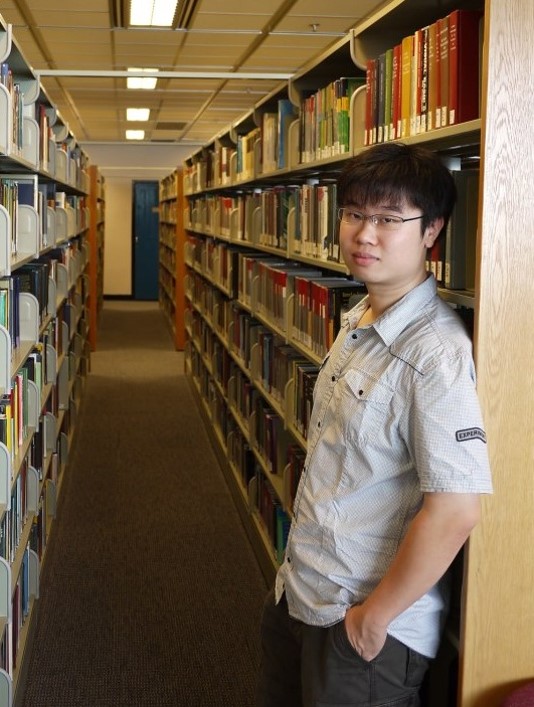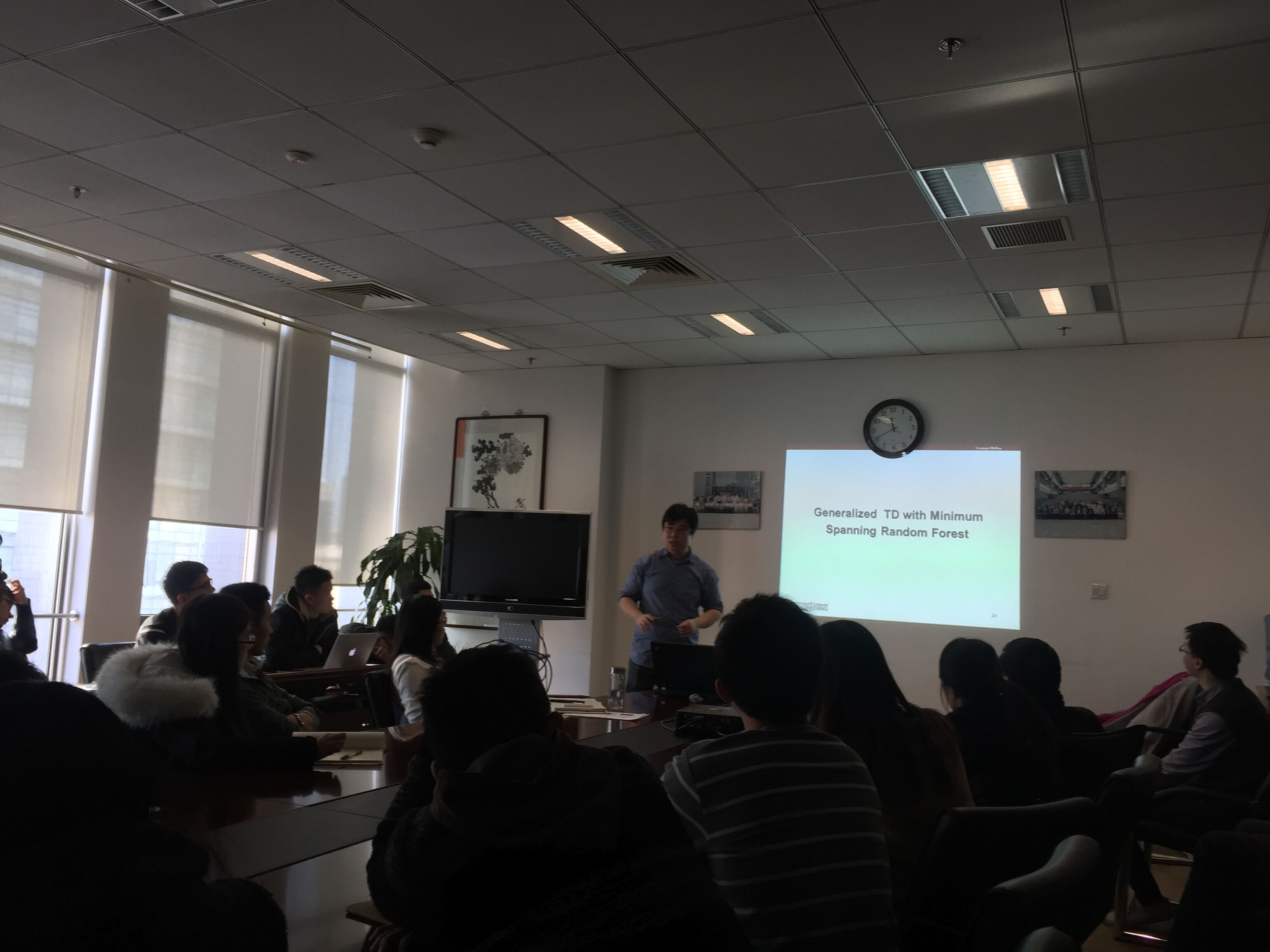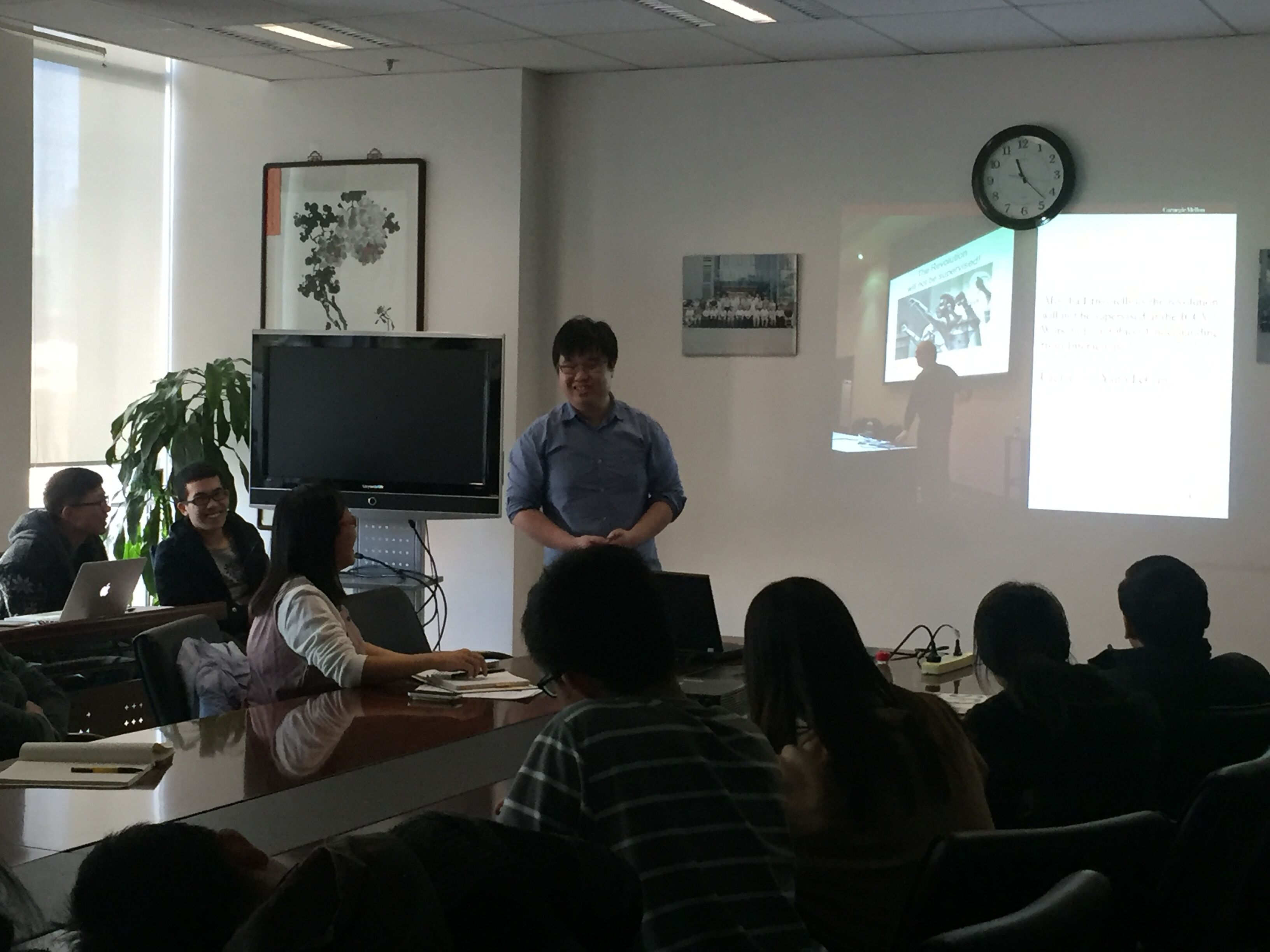
报告题目:Transitive Distance Clustering: Theories, Algorithms and Applications
时 间:2017年12月14日上午11:00~12:00地 点:计算所446会议室
报告摘要:
Transitive distance (TD) is an ultrametric with elegant properties for data clustering. Suppose a path is composed by a sequence of data points and edges and a “gap” is the largest edge along this path. Then given any pairwise data, their transitive distance is defined as the smallest possible “gap” along all the paths that connects them. Such metric definition renders TD capability of addressing highly elongated and non-convex cluster structures by significantly reducing the intra-cluster distances. In this talk, I will introduce the concept of TD, its properties and theories, as well as several latest improvements on top of the conventional method. I will also talk about multiple applications of the proposed clustering methods, with state of the art performance in image clustering, speech data clustering and image segmentation.
报告人简介:
Zhiding Yu is currently a 4th year Ph.D. candidate with the Department of Electrical and Computer Engineering, Carnegie Mellon University. He graduated with a B.Eng. degree from the Elite Class of Electrical Engineering, South China University of Technology in 2008, and obtained the M.Phil. degree from the Department of Electronic and Computer Engineering, Hong Kong University of Science and Technology in 2012. His main research interests include structured prediction for scene understanding, object detection, clustering and image segmentation. He was twice the recipient of the HKTIIT Post-Graduate Excellence Scholarships (2010/2012). He is a co-author of the best student paper in International Symposium on Chinese Spoken Language Processing (ISCSLP) 2014, and the winner of best paper award in IEEE Winter Conference on Applications of Computer Vision (WACV) 2015. He did internships at Adobe Research and Microsoft Research respectively in 2013 and 2015. His intern work on facial expression recognition at Microsoft Research won the First Runner Up at the EmotiW-SFEW Challenge 2015 and was integrated to the Microsoft Emotion Recognition API under Project Oxford.



附件下载:
